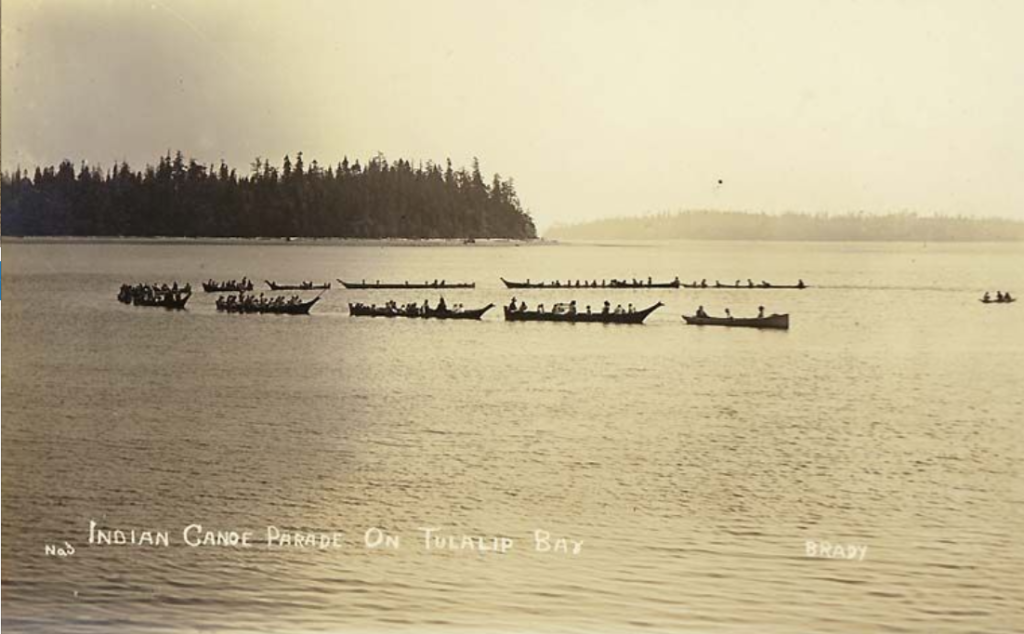The Seasons
By Anonymous
Annotations by Karen Kilcup

MARY. How I love the blooming Spring, When the birds so gayly sing! JOHN. More the Summer me delights, With its lovely days and nights. EMELY. Autumn is the best of all, With its fruits for great and small. RICHARD. Nay! old Winter is the time! Jolly then the sleigh-bells’ chime! GRANDMOTHER. Every season will be bright, Children, if you’ll live aright.
Anonymous. “The Seasons.” The Youth’s Companion 14, no. 2 (July 1882): n.p.
Contexts
Begun in 1881, The Youth’s Companion—a name that many nineteenth-century publications shared—was a monthly student magazine that published articles written by pupils of the Catholic-run boarding school located on the Tulalip Indian Reservation. A federally recognized tribe located in the mid-Puget Sound area, the Tulalip Tribes received reservation lands—22,000 acres—in 1855, with its legal boundaries established by President Ulysses S. Grant in 1873. According to the Tulalip Tribes website, “it was created to provide a permanent home for the Snohomish, Snoqualmie, Skagit, Suiattle, Samish, and Stillaguamish Tribes and allied bands living in the region.”
Nineteenth-century Indian boarding schools aimed to assimilate Native Americans into white culture. They separated children from their families, required students to dress like white Americans, and prohibited them from speaking their language. They also emphasized so-called “industrial” training: boys learned agricultural and industrial skills, while girls learned how to cook, sew, and clean a household. Students were often expected to become servants or to provide manual labor help for whites.
Like many contributions to Native American student periodicals, this poem was published anonymously. Students living on reservations during this time often received educations governed by white religious authorities who emphasized moral training. Student newspapers frequently published work by students, but it’s often difficult to identify authorship even if contributions included the author’s name. The moral that ends the sketch may be an addition by one of the school’s teachers.
Resources for Further Study
- Kalliber, Kim, “Seattle Continues Healing ‘Deep Wounds’ With Boarding School Resolution,” Tulalip News, October 20, 2015.
- King, Marsha. “Tribes confront painful legacy of Indian boarding schools,” Seattle Times,February 3, 2008.
- Marr, Carolyn J. “Assimilation Through Education: Indian Boarding Schools in the Pacific Northwest,” University of Washington Libraries Digital Collection. This article includes historical contexts and features “A Typical Daily Schedule.”
- ———. “Between Two Worlds: Experiences at the Tulalip Indian Boarding School, 1905-1932,” Hibulb Cultural Center & Natural History Preserve.
Contemporary Connections
“Tulalip History Minute 04—The Tulalip Indian School presented by Mary Jane Topash,” the Tulalip History Project. Provides Tulalip-sponsored background on the tribe.
“Editorial: Getting to the truth of Tulalip boarding school,” September 26, 2021, HeraldNet (Everett, Washington). Caution: includes information about abuses at the school.